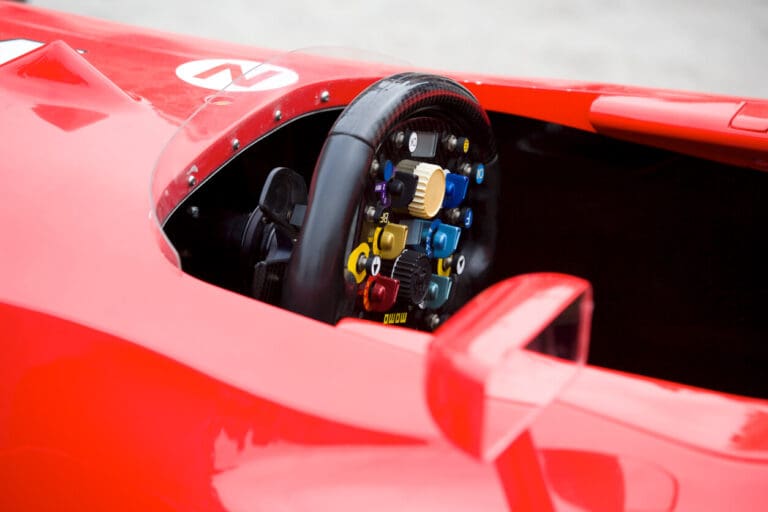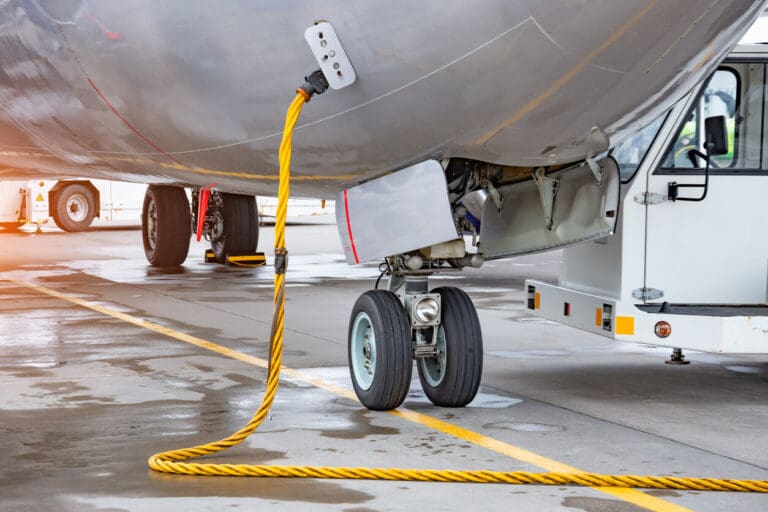
Are Motorsport Cables the Hidden Upgrade Behind Faster Lap Times?
Motorsport teams chase marginal gains in every area of the car, yet many still treat...
Read MoreElectrification is a cornerstone of modern rail transport systems, enhancing efficiency and reducing environmental impact. Among the various methods, overhead (catenary) and third rail systems are predominant. Let’s dive into the two electrification systems, delving into their mechanisms, advantages, and challenges to provide insights crucial for infrastructure development and planning.
Overhead electrification, crucial for high-speed and heavy-load rail routes, operates using a catenary system. These catenaries, displaying a distinct curve due to gravitational and tensile forces, are suspended above the tracks at 5 to 6 meters. This setup ensures consistent contact with the pantograph, a device mounted on trains for electricity transmission. The pantograph’s ability to adjust height is essential for maintaining a stable connection, especially vital in high-speed scenarios where consistent electrical contact is crucial.
The system’s capacity to handle high-voltage power, typically in the range of 15kV to 25kV AC, is indispensable for powering high-speed and heavy-duty rail services. This feature is a cornerstone in systems like the Eurostar and Japan’s Shinkansen, enabling enhanced speed and efficiency. However, the complexity of this infrastructure demands significant engineering precision. It involves an extensive network of support structures, including pylons and gantries, to maintain the catenary system. Regular maintenance and inspections are critical for ensuring safety and performance, given the high-speed interactions and mechanical contact involved.
For rail network developers and operators, opting for an overhead electrification system entails significant initial investment and ongoing maintenance. However, its versatility for various train types and resilience against environmental disruptions positions it as a robust, long-term solution for high-capacity high-speed rail corridors. This system represents a strategic investment in the future of rail transport infrastructure.
Third rail systems, predominantly used in urban and suburban transit networks, employ an auxiliary conductor rail parallel to the main tracks. This rail, typically at ground level or slightly elevated, is continuously energised to supply power. The system’s design incorporates contact shoes on the train that slide along the conductor rail, enabling efficient power transmission essential for urban rail operations.
The compact infrastructure footprint of third rail systems is a major advantage, especially in densely populated areas where space optimisation and aesthetic considerations are critical. The ground-level positioning of the power rail minimises visual and structural impact, preserving urban aesthetics and reducing obstructions for adjacent properties. However, the accessibility of the energised rail necessitates stringent safety measures, including insulation and protective coverings, to mitigate accidental contact risks.
For urban transit authorities and rail network developers, third rail electrification offers a practical solution that aligns with the unique constraints of metropolitan environments. Its discreet infrastructure profile and effective power delivery system make it an optimal choice for areas requiring space-efficient and minimally intrusive electrification methods.
Both overhead and third rail electrification systems have distinct challenges and limitations.
In conclusion, both overhead and third rail electrification systems offer distinct advantages and face specific challenges. The choice between them depends on various factors, including the type of rail service, geographical constraints, and budget considerations. Understanding these differences is key to making informed decisions.

Motorsport teams chase marginal gains in every area of the car, yet many still treat...
Read More
The wiring harness is a high-risk single point of failure in any complex system. If...
Read More
The wiring harness is the highest risk, lowest profile element in flight-critical infrastructure. When your...
Read MoreReady to talk cables, fibre or full network solutions? Get in touch with our team today, we’re here to help.